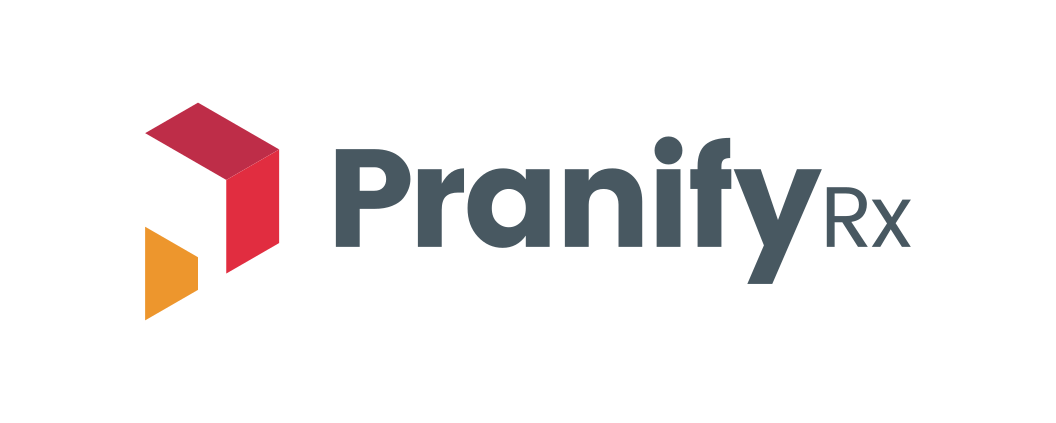Pharma Marketing in the Age of Machine Learning Algorithms (How Google Ads Making RSA’s The Only Ad Format Impacts Rx Brands)
In September, Google announced that all new Google search ads must be Responsive Search Ads (RSAs) as of June 2022.
This means standard expanded text ads (ETAs) are being retired. More importantly, this means that pharma brands must adapt to this new machine learning (ML) reality on Google, or risk losing share to more advanced brand marketers.
What’s actually changing?
RSAs will be the only ad format for Google Ads after June 2022.
RSAs continue a trend from Google of dis-aggregating the elements of each ad. Instead of writing entire ads (Headline & Description), Google will be requiring brands to submit up to 4 independent headlines and up to 15 independent description lines. This yields over 30k potential ad variations for Google’s ML algorithm to test and optimize for each ad group. Sounds like a PRT/PRC/MLR nightmare, right?
Well, this is actually similar to how Sitelinks have worked for years.
It’s just being applied to the entire ad unit now. So it’s manageable from an MLR perspective. They just need to be educated on the shift.
Google is essentially taking control of how all of your individual ad elements serve together. Google believes their machine learning algorithms can do a better job of testing and optimizing ad variations compared to the old way of manual A/B tests that depended on consistent agency execution.
How does this impact Pharma Google ad campaigns and accounts?
Account structures will need to be much more strategically organized. Google recommends each ad group have keywords generating a minimum of 12,000 impressions per month (3,000 impressions/week). Gone are the days of super-granular account structures with tens of campaigns and hundreds of ad groups.
So the Patient/HCP Pathway is back.
Think: Symptoms > Condition >Treatment > Brand > Competitors.
This all depends on the size of the therapeutic category of course, but it’s a good framework to build from.
Ad Copy Testing will require a modified approach. Soon to be gone are the days of straightforward A/B ad copy tests. Google’s automated machine learning algorithm is taking more control over this process, but there are still ways to optimize performance and get better ad position at a lower cost per click than your competitors.
PranifyRx data across many therapeutic categories shows a strong correlation between the number of ad variations and ad position. (By the way, industry research shows that brands in top ad positions get up to 7x more clicks than brands in ad position 4.) So this is a big deal for brands that want to grow share.
This is likely due to a couple of factors:
First, Google’s ML algorithms thrive on click data and brands with more ad variations require more clicks for Google to optimize. If you can feed Google more variations, it appears that Google will give them better ad position to get more clicks to feed their models. Second, more ad variations require a greater diversity of language, and…
Including the right language/words in your ad variations can yield up to 88% cost per click savings. That’s pretty remarkable. Google’s machine learning is already generating learnings about what’s working (e.g. driving ad clicks from search users) and what isn’t. PranifyRx data across over 500 Rx brands reveals what ad copy language Google is most likely to serve. (We presented the data at DTC National in October 2021. Reach out and we’ll send you a copy.)
Shameless plug: The only source to see how your Rx brand is performing in this new machine-learning paradigm - compared to it’s in-condition competitors - is PranifyRx.
You can’t see it anywhere else. Not even Google shares this data.
Our ML-readiness tool is already helping Rx brands take more share. It took over a year to build, and I’m really proud of it. See how it works.
For Rx brands that are ML-ready, it’s an exciting new world for digital advertising.
